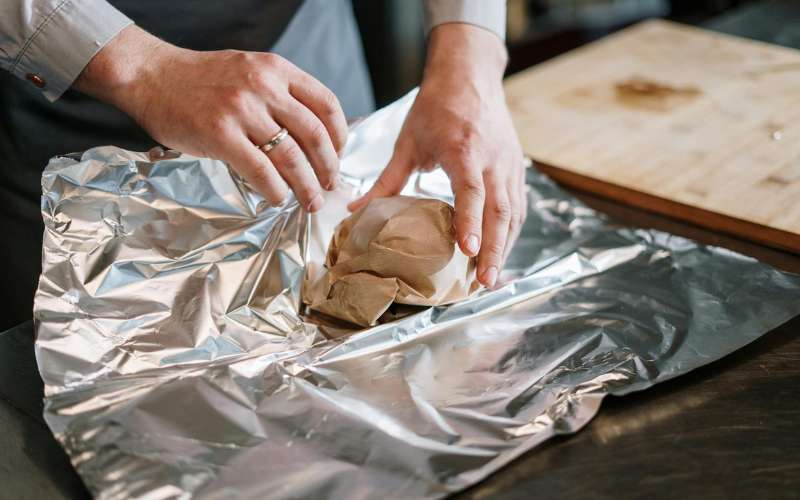The primary goals of incorporating polymer nanotechnology into food packaging are to enhance the containment, convenience, protection and preservation, marketing, and communication aspects of conventional packaging methods. To add your ideas in the food category you can submit a write for us food blog post.
1. Improved Packaging Through Nanocomposites
A polymer matrix can be found in a continuous or discontinuous phase in nanocomposites. It is a multiphase material that is the product of the combination of a nano-dimensional substance (discontinuous phase) and the matrix (continuous phase).
- Clay and Silicate Nanoplatelets
Due to their accessibility, affordability, and ease of processing, clay and silicates have drawn interest from researchers as possible nanoparticle candidates.
- Cellulose-based Nanofibers or Nanowhiskers
One of the most robust natural polymers is cellulose, which is used to construct long, fibrous cells. It is widely used, reasonably priced, safe for the environment, and simple to recycle.
- Carbon Nanotubes
There are two types of carbon nanotubes (CNTs): single-walled (SWNT) and multi-walled (MWNT). While MWNT is made up of many concentric tubes with extremely high aspect ratios and elastic moduli, SWNT is typically one atom thick.
- Starch Nanocrystals
Over the years, starch has been thoroughly investigated as a potential substance for use in food packaging. a number of related advantages, including stability in air, abundance, low cost, biodegradability, non-toxicity, and biocompatibility.
- Chitin/Chitosan Nanoparticles
The heteropolysaccharide chitosan is well-known for its metal complexation, biocompatibility, and biodegradability. The primary cause of chitosan’s broad antibacterial action is its polycationic composition.
2. Active Packaging
Active packaging, in contrast to conventional food packaging, is a purposefully designed packaging system that includes elements that would absorb or release material into or from the food environment or the packaged food, such as antioxidants or antibacterial agents, or oxygen or water vapour.
- Inorganic Nanoparticles
Many metal-derived nanomaterials have been studied in a variety of active packaging applications, such as silicon oxide (SiO2), magnesium oxide (MgO), zinc oxide (ZnO), gold (Au), and silver (Ag).
- Silver Nanoparticle
Because of its proven antibacterial ability against a variety of commensal and pathogenic strains, silver nanoparticles are among the most researched nanoparticles.
- Other Antimicrobial Nanoparticles
After four hours of exposure, it was demonstrated that copper nanoparticles inhibited the development of Saccharomyces cerevisiae, E. coli, S. aureus, and L. monocytogenes on a polymer composite.
- Titanium Dioxide (TiO2)
There are three main phases of titanium dioxide that occur naturally: rutile, brookite, and anatase. These phases have different crystal sizes.
- Silicon Oxide (SiO2)
Additionally, silica nanoparticles (nSiO2) may enhance the mechanical and/or barrier qualities of certain polymer matrices.
- Zinc Oxide (ZnO)
Reduced particle size significantly amplifies the excellent antibacterial action of zinc oxide particles. For ZnO to be stimulated, visible light is necessary.
- Oxygen Scavengers
Because of a variety of deterioration processes, including browning, rancidity, the growth of aerobic microorganisms, the reduction of vitamins, off-odours, off-flavours, and undesired colour changes, food packages with access to oxygen have a shorter shelf life.
3. Intelligent/Smart Packaging System
The communication aspect of a package is enhanced by intelligent or smart packaging systems. These advanced packaging types identify any characteristics of the packaged food and use various mechanisms to register and transmit information about the food’s current quality or condition, including its safety and digestibility.
- O2 Sensors
Systems for food packing that limit oxygen availability are better than those that allow unlimited oxygen access.
- CO2 Sensor
They developed a CO2 indicator based on chitosan to track the freshness or quality of packaged meals during storage.




